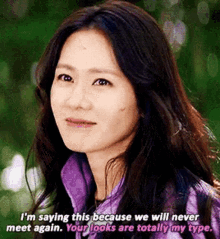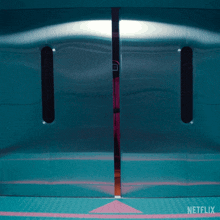With the passing of Pope Francis, the Catholic Church is entering one of its most sacred and secretive traditions: choosing a new pope. This process, while deeply rooted in history, is still very much alive and filled with meaning today. Here's how it works.
Let us slide into your dms 🥰
Get notified of top trending articles like this one every week! (we won't spam you)What Happens When a Pope Dies

Photo by Tomasz Kluz on Unsplash
When a pope dies, a period called sede vacante begins. That’s Latin for “the seat being vacant.” The camerlengo, a senior Vatican official, is the one who officially confirms the pope’s death. He also temporarily takes charge of the Church’s administration.
The pope’s private rooms are sealed, the Vatican begins nine days of mourning, and preparations start for the funeral. After that, attention turns to the election of a new pope.
Take the Quiz: What Kind of Political Personality Are You?
Ever wondered what role you’d play in the political world? Take this fun quiz to find out!
How the New Pope Is Chosen

Only cardinals under the age of 80 are allowed to vote. Right now, that includes 135 cardinals from countries all over the world. They gather in Rome and enter the Sistine Chapel for the conclave, where all voting takes place. Once they enter, they’re completely cut off from the outside world.
The voting is done in secret. Each cardinal writes the name of their chosen candidate on a piece of paper, folds it, and places it in a special container. To elect a new pope, a cardinal needs at least two-thirds of the votes, which means 90 out of 135 in this case.
The cardinals vote up to four times each day. After each round, the ballots are burned. If no one is chosen, black smoke rises from the Sistine Chapel. When a pope is finally elected, white smoke is released to let the world know.
Who Could Be Chosen
There’s no shortlist, but a few names keep coming up.

Photo by Azra Tuba Demir on Pexels
- Cardinal Matteo Zuppi from Italy is known for working on peace efforts and helping the poor.
- Cardinal Peter Turkson from Ghana is outspoken about the environment and economic justice.
- Cardinal Luis Antonio Tagle from the Philippines is close to Pope Francis’s style and values.
- Cardinal Marc Ouellet from Canada is more traditional but respected worldwide.
- Cardinal Jean-Claude Hollerich from Luxembourg is a Jesuit like Francis and supports Church reform.
The cardinals could choose someone completely unexpected too. That’s happened before.
Remembering Pope Francis

Photo by Fedorov from Wikimedia
Before he became pope in 2013, Jorge Mario Bergoglio was the Archbishop of Buenos Aires. He made history as the first pope from the Americas and the first Jesuit to hold the role.
Francis stood out for his humility and focus on social issues. He lived simply, spoke directly, and often challenged the Church to be more compassionate. He urged action on climate change, showed support for migrants and refugees, and called for a Church that listens to its people.
While his papacy wasn’t without criticism, especially from traditional circles, he changed how many people see the role of the pope.
What Comes Next
The Catholic Church now looks to the future. The new pope will face many of the same challenges Francis did, from Church reform to global crises. The cardinals must now decide if they want to continue along Francis’s path or move in a different direction.
Until then, the world waits, watching the chimney above the Sistine Chapel for that puff of white smoke that will signal the start of a new chapter.







